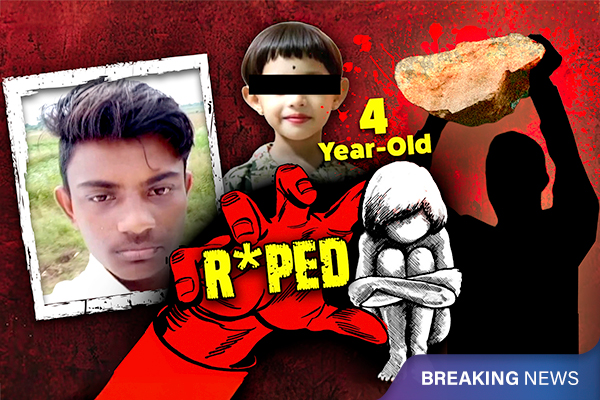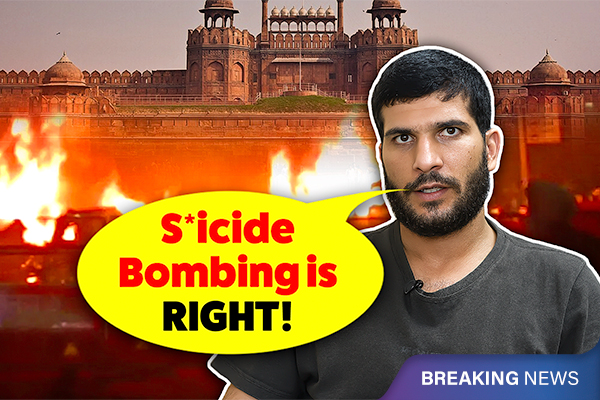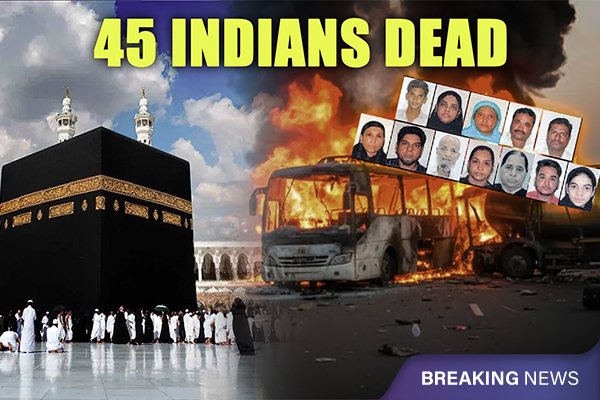Panjab University vs the Centre: What Happened
Panjab University witnessed major protests after the Centre issued a notice changing its democratic structure. The notice was put on hold.
Panjab University (PU) is one of India’s oldest and most respected higher-education institutions. It traces its history to the original “University of the Punjab,” founded in Lahore in October 1882. After Partition, the Indian side of the institution became “Panjab University” on 1 October 1947. In October 2025, the university marked “143 years of excellence” by counting its long historical roots.
Located in Chandigarh, the university’s campus covers 550 acres and includes many departments, colleges, and research centres. Because of its long history, importance, and autonomy, any change to its structure is considered sensitive.
A recent clash began between Panjab University and the Centre. Since early 2024, the Senate and Syndicate were not functioning properly because no fresh elections were held. Students and staff were worried that the university’s democratic bodies were non-functional. Many people in Punjab also feared that the university’s special link to the state was at risk.
On 28 October, the central government issued a notice reducing the Senate from about 90 members to around 31, removing the graduates’ constituency, and turning the elected Syndicate into a mostly nominated body. This sudden move created political tension in Punjab. Students protested on 4 November and different groups joined under the Panjab University Bachao Morcha.
Political leaders, including Jagmohan Singh Kang and CM Bhagwant Mann, criticised the decision. Due to strong protests, the Centre put the notification on hold. However, students continued demonstrations, demanding clear election dates and full restoration of democratic bodies.
For many in Punjab, this issue represents not just university reform but a fight to protect heritage, identity, and autonomy.







